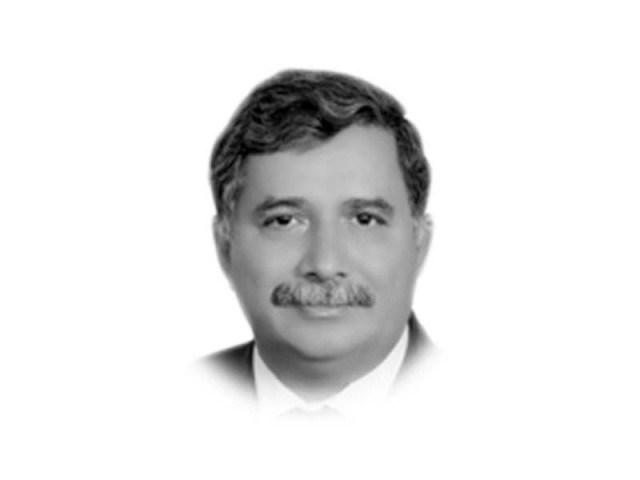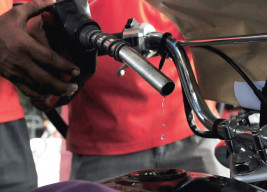
The experiment is not a new one; previously Swat, Malakand, Chitral and Kalat enjoyed the status of states and were independent in their own sphere of administration. These states might have also been merged for the purpose of national integration. But they experienced low socio-economic indicators as compared to other areas of Pakistan. Malfunction of the justice system and deprivation of rights eventually led to the breakdown of the administrative system. We saw the emergence of the Tehrik Nifaz-e-Shariat in Malakand division. The Tehrik-e-Taliban’s takeover in 2007 was the climax of an insurgency that rallied people against administrative, judicial and social injustices whether real or perceived. Mere constitutional reforms and legal systems could not act as resistance against the development of ungoverned spaces and the formation of violent non-state actors over there. Why and how those areas turned into ungoverned spaces is quite a complex phenomenon. Therefore, mere promulgations of laws, the establishment of courts and extension of policing cannot be all and end all.
The second phase of the integration has also been completed with the holding of elections for the Provincial Assembly. Thus, the government can claim the completion of administrative and judicial integration of the tribal areas with Khyber-Pakhtunkhwa (K-P). Elections for the Provincial Assembly were not a good omen from a political perspective as around five independents won, in turn, portraying the power of wealth and tribal affiliations. Strong political parties are required for a real political integration. Three of the MPAs joined a King’s party which was unheard of in the province, thus further diluting the process of political integration. However, despite all weaknesses, these elections will make the people of these areas
stakeholders in the decision-making process.
With the process of completion of the legal and political framework, new challenges relating to civil liberties, security and quick dispensation of justice, socio-economic development and openness of the areas have emerged. These are immersed in the hopes and rising expectations of the youth. They all want the good things in life which the globalised world has brought before them. Good things are certainly the dignity of people, being allowed freedom of speech and movement, respect for cultural identity, folklore and literature, decent housing, jobs, potable water, healthcare and quality education. These things are possible only if the people of the area have social choices and access to advantages; based on set factors satisfying access to goods that fulfil basic needs, such as food and freedoms.
The biggest challenge is the historical development lag, reflected in development indicators. For instance, the literacy rate is 33.3% as compared to the national figure of 58%. The maternity mortality ratio is 395 deaths per 100,000 births, and the infant mortality ratio is 86 deaths per 1,000 births, while it is 275 and 60 deaths, respectively, for the rest of K-P. Approximately 33.3% of the households have flush latrines, whereas the figure for Pakistan is 71%. Most of these indicators are not only abysmally low compared to the rest of the country, but are also among the worst in the world.
The per capita expenditure in erstwhile Fata has been shockingly low as compared to other parts of Pakistan over the last decade, according to a white paper of the K-P Finance department. Even in 2018-19, it was around Rs10,000 per capita in former Fata as compared to around Rs17,000 in Khyber-Pakhtunkhwa and Rs20,000 in Punjab.
The K-P Budget of 2019-2020 has shown an estimated budget of Rs900 billion for the province, out of which Rs151 billion are reserved for development and non-developmental grants for the newly merged districts. The total expenditure in the merged districts is Rs162 billion, which include grants worth Rs11 billion from the provincial government’s resources, in line with the decisions taken for all provinces to contribute 3% of their pool share for the development of these districts. The Prime Minister of Pakistan has also pledged 3% of the NFC share of the Federal Government, Punjab and Khyber-Pakhtunkhwa to be given to the development needs of the merged areas for the next 10 years.
Currently, the expenditure is Rs51 billion while transfers to local government amount to Rs27 billion. The development budget for the tribal areas is Rs83 billion. Out of this, Rs24 billion is the provincial ADP component, and the remaining Rs59 billion is for the Merged Areas Strategy. If ensured, this level of expenditure will enhance the per capita expenditure in the merged areas, and set right the historical wrong in the development of the area.
The allocation is mostly dependent on the Federal Government allocation and hence bears the risk of non-fulfilment of funding in case of an inadequate provision from the Federal Government. Resultantly, development targets also face uncertainty. Therefore, the Federal Government needs to prioritise merged area funding with the assurance that in case of any cut on the development expenditure, the funding will not be curtailed, to avoid any unrest.
The hopes of the tribal residents and the youth rest on the new commitments and promises made in the budget. Any shortcomings in funding or non-implementation of viable projects on ground will lead to disappointments. The government will be well advised to ensure that such an eventuality does not occur.
Published in The Express Tribune, August 28th, 2019.
Like Opinion & Editorial on Facebook, follow @ETOpEd on Twitter to receive all updates on all our daily pieces.













COMMENTS
Comments are moderated and generally will be posted if they are on-topic and not abusive.
For more information, please see our Comments FAQ